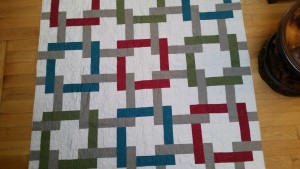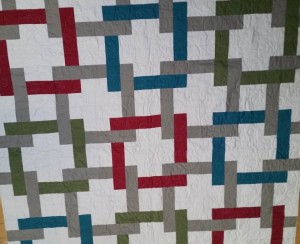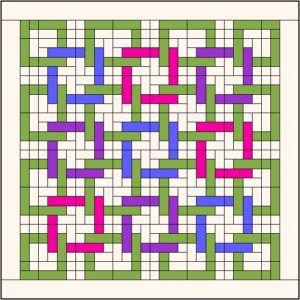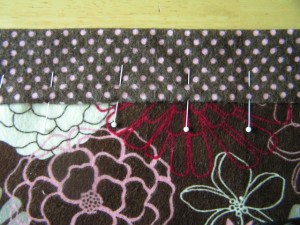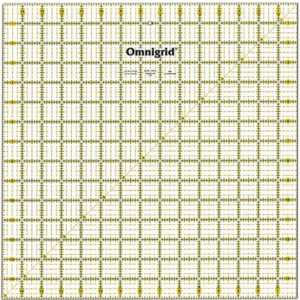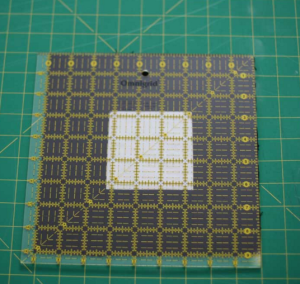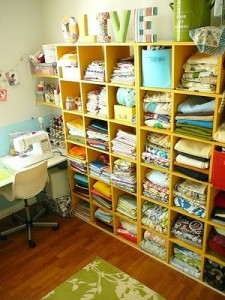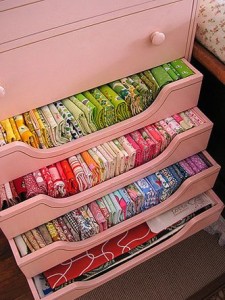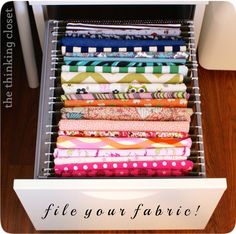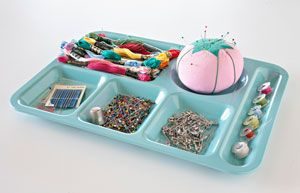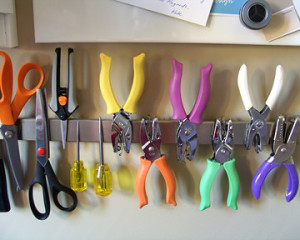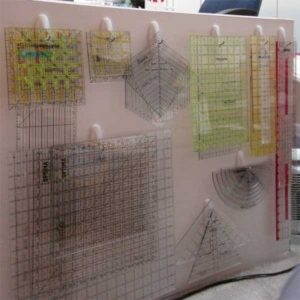Quilter’s Thread Mobile App has a new pattern prize for this February that you’ll want to get. This quilt is called Dare To Be Square and it is a perfect pattern to make for this spring with its playful interlocking squares.
This pattern is a traditional structure that is a nice modern pattern used with traditional fabrics. It is an interesting pattern with the interlocking squares. If you look close at the outline below you will notice the pattern block is more of a dog bone shape. In the images below there is a border unlike in the image above. If you want the lines to come to an end add a border to make the square links complete instead of running off the quilt.
Share with us any versions of the Dare to be Square quilt pattern that you make on Quilter’s Thread Mobile App. Remember to stay active on Quilter’s Thread Mobile App in order to earn points to win this free pattern at the end of this month. Comments, uploading photos and responding to surveys generate 1 point each. Liking 3 things generates 1 point. Earn 10 points gets you a free pattern and 40 points gets you a free pattern and a Quilter’s Thread cloth shopping bag. Earn 75 points gets you a free pattern, shopping bag and a $20 gift card.
Live Well. Quilt Well.
